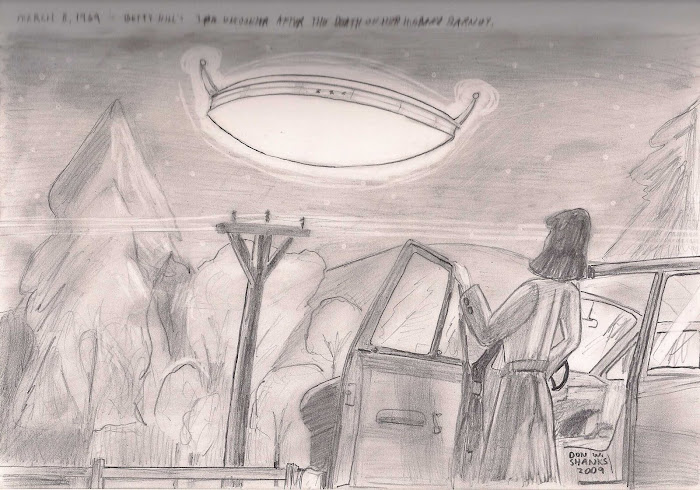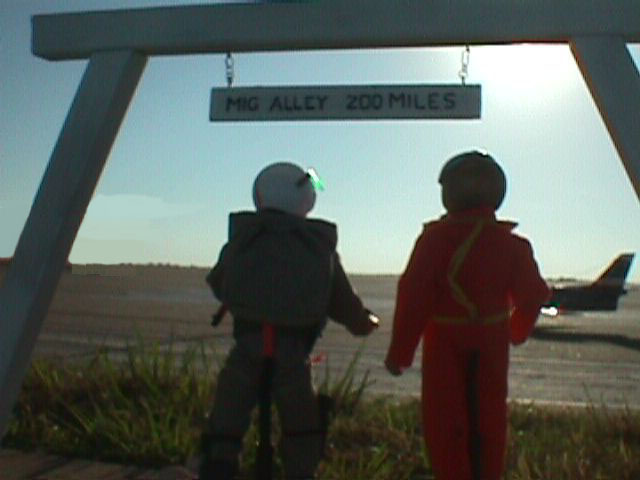
Disclosure: Columbia Space Shuttle Commander Rick Husband and I were classmates at Texas Tech University in the U.S. Air Force ROTC program there. While Astronaut Willie McCool attend high school in Lubbock, Texas, I never met the man and only knew about his connection to Lubbock, Texas, in the weeks leading up to the January 16th lift-off of the Shuttle Columbia. The above photo is a AP picture.
______
______
On December 30, 2008, NASA releases its report on the Space Shuttle Columbia disaster of February 1, 2003.
For those not keeping up to date with things, the Columbia was the oldest shuttle of the shuttle fleet and she was returning home that morning when the heat of re-entry further damaged the left wing that was hit by a large piece of foam on lift-off 16 days before. She broke up over the state of Texas. Many residents, including this blogger, heard that sonic boom that morning. The 400-page document gave a detailed account of how Columbia's seven crew members last few seconds were like before the total break up of the shuttle happened.
Columbia's crew was killed in seconds and had only a brief 40-second time window between the shuttle's lost of control and its de-pressurization and destruction. By that time, the crew was being flung about the cabin as the shuttle tumbled and broke apart. Bottom line: while crew members tried to work the problem, the accident was not “ultimately survivable.”
The NASA report made 30 recommendations and cited some lessons to take away from this accident. Mostly related to to the crew's spacesuits and seat restraints.
1. One of the most immediate safety changes made was in the current inertial wheel lock modifications on the crew seats. The mechanism locks an astronaut's seat restraint due to external forces much like the current seat belts on cars today during a sudden stop or impact. In this accident, those seat locks did not lock as designed, subjecting the astronauts strapped in place to extreme forces and trauma. Seat modifications will also be employed on the new Orion Capsule.
2. Launch and Landing Pressure Suits for Orion crews will also be designed to be sealed during re-entry. The current orange partial pressure suits seep pure oxygen into a shuttle cabin when the visors are sealed – which violate NASA's flammability rules. During the Columbia accident, one of the crew members was not fully strapped into place. Another did not have a helmet secured, while the six that did have their visors opened. Also, three of the crew members did not have their suit gloves locked in place.
3. NASA has also update pre-landing milestones to allow astronauts to focus on their own preparations in addition to getting the orbiter ready for re-entry.
4. NASA also has adjusted its training process for de-orbit. Before, there was more concern about getting the vehicle ready for landing than about the crew. Now its suppose to be 50/50.
Wayne Hale stated that “Spaceflight takes eternal vigilance. Our goal here is to do our best to prevent accidents in the future and that is not a subject that is ever going to be closed.” This report is expected to be NASA's last investigation into the Columbia disaster.
_____
Ref> Space.com article by Tariq Malik “New Columbia Accident Report to Help Astronaut Safety.” December 30, 2008.
Ref> Space.com article by Tariq Malik “New Columbia Accident Report to Help Astronaut Safety.” December 30, 2008.








+033.jpg)
No comments:
Post a Comment